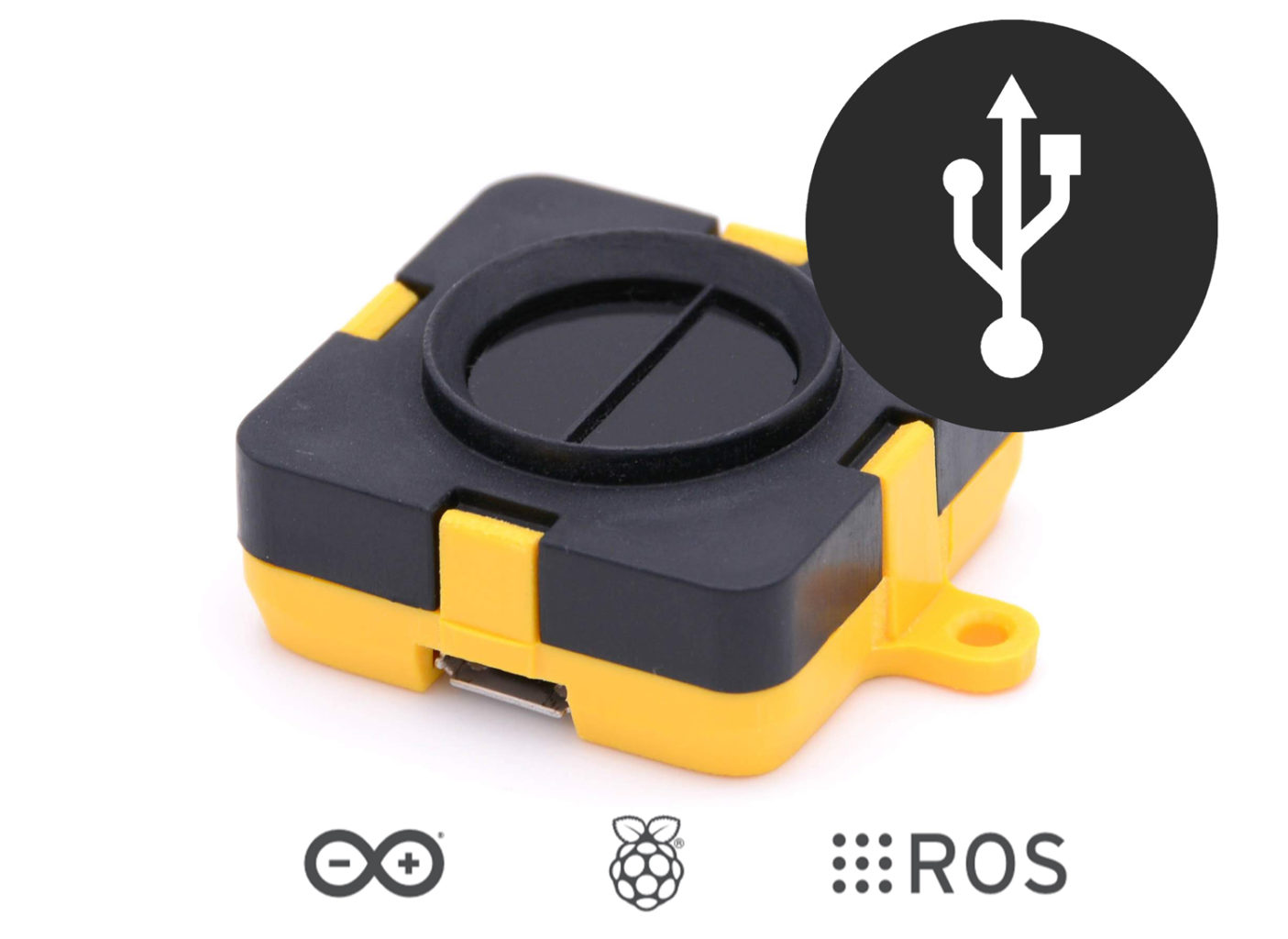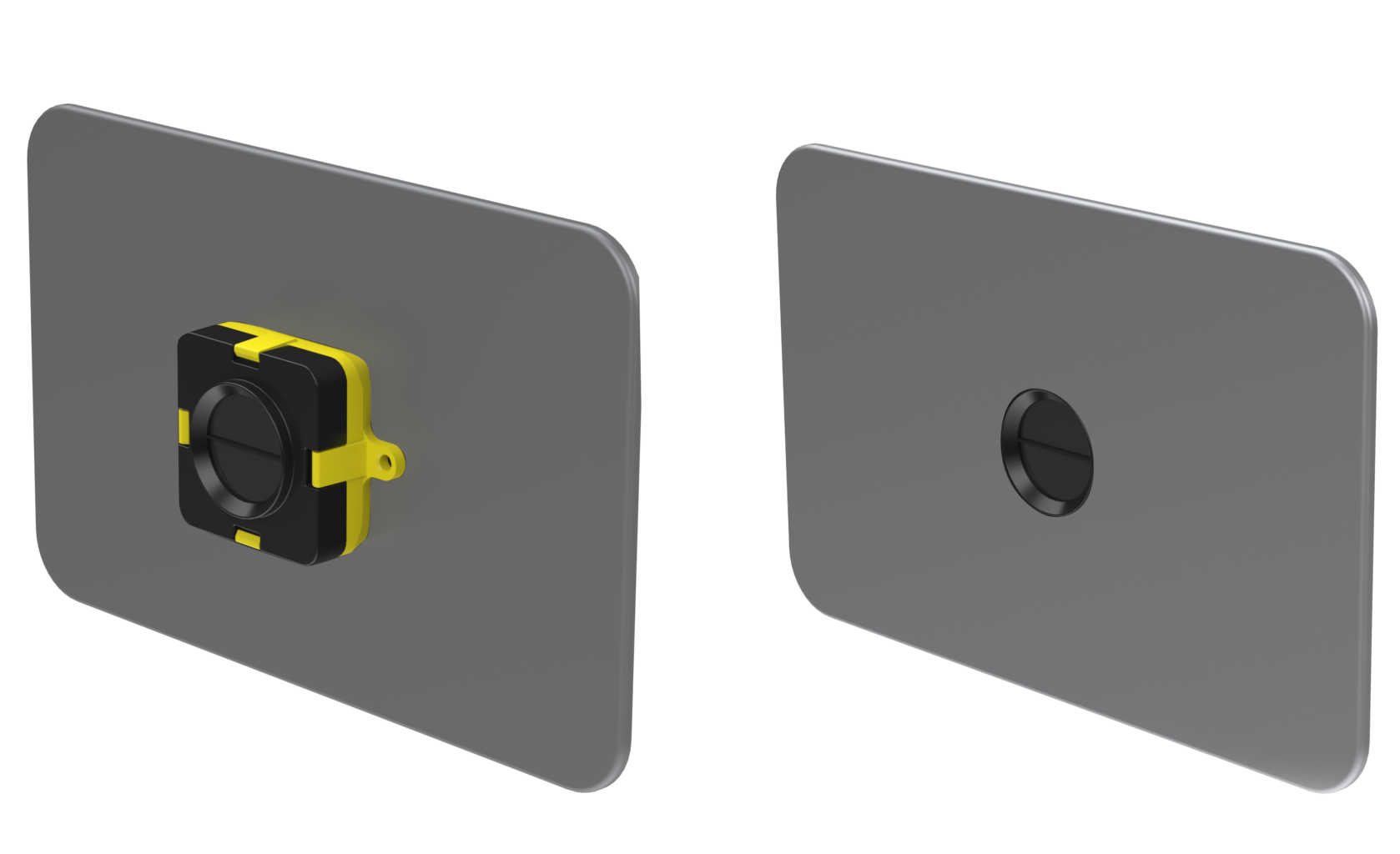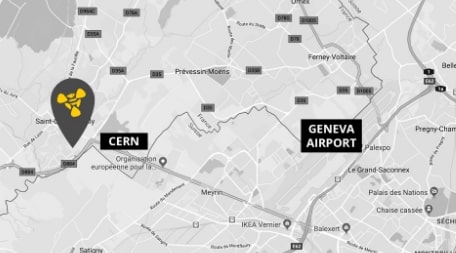Product launches
Small, versatile and low-cost distance sensors
With increased interest and investment, we are achieving more automation in all aspects of work. The sensor industry, in particular, is undergoing an explosion of innovation and development. In this article, we take a look at the TeraRanger Evo Mini, a new low-cost yet high-performance distance sensor from Terabee, which is drastically lowering barriers to the development of automated R&D solutions.
Distance sensing provides an inexpensive and computationally efficient solution to several industry issues. For example, warehouse automated guided vehicles equipped with distance sensors can quickly and accurately obtain the salient information they need to do their jobs, replacing or complementing the use of cameras and image processing software to scan and interpret their full environment.
However – as with many developing technologies – the trade-off between size, capability, and cost means that many commercially available distance sensors are not always fit for applications where all three factors are important. This is of particular consequence in the developer, hobbyist, and R&D markets; where having cheap, modular and versatile components is crucial to the development of new systems and products.
However – as with many developing technologies – the trade-off between size, capability, and cost means that many commercially available distance sensors are not always fit for applications where all three factors are important. This is of particular consequence in the developer, hobbyist, and R&D markets; where having cheap, modular and versatile components is crucial to the development of new systems and products.

Last month, Terabee announced the release of the TeraRanger Evo Mini, their smallest distance sensor yet, developed with the express purpose of delivering high-performance and versatile distance sensing at a low price point.
The TeraRanger Evo Mini uses infrared ToF technology to sense distances. This operates on a Time-of-Flight principle, whereby a pulse of infrared light is emitted by the device, and the time taken for it to reflect back to the sensor is recorded – this is then used to calculate the distance of the reflecting surface from the sensor. The result is a completely eye-safe distance sensor with low power consumption.
The TeraRanger Evo Mini uses infrared ToF technology to sense distances. This operates on a Time-of-Flight principle, whereby a pulse of infrared light is emitted by the device, and the time taken for it to reflect back to the sensor is recorded – this is then used to calculate the distance of the reflecting surface from the sensor. The result is a completely eye-safe distance sensor with low power consumption.
With their new sensor, Terabee is aiming to address several issues prevalent in the low-cost distance sensor market: first and foremost among these is the restriction of many “entry-level” distance sensors to a small range of detectable distances. Thanks to its ranging capabilities from just 3cm up to 3.3m, the TeraRanger Evo Mini is optimized for a variety of indoor distance-sensing applications. Its low minimum sensing distance makes it ideally suited to close-range applications.


Another common shortfall of affordable distance sensors is being limited to a single-pixel mode. Terabee has made it possible to easily switch between 3 built-in pixel modes on the TeraRanger Evo Mini: single-pixel mode, 2-pixel mode or 4-pixel mode. This feature enables it to adapt to a broad range of sensing needs and makes the sensor one of the most versatile low-cost distance sensors currently available.
A number of other innovative features emphasize inter-connectivity, reliability, and ease-of-use. The TeraRanger Evo Mini comes in 2 variants: with either USB or UART, and I2C interfaces; ensuring easy connectivity and compatibility with a range of processors and controllers including Arduino, Raspberry Pi, and ROS. The sensor boasts a wide 27° field-of-view, and the whole sensor is fully enclosed in a durable and lightweight housing.


Perhaps the most remarkable feature of the TeraRanger Evo Mini is its size: weighing in at 9 grams and measuring only 42 x 30 x 13 mm, this sensor is truly tiny. With both front and back-panel mounting capabilities, there are very few places in which the TeraRanger Evo Mini can’t be deployed.
Like all sensors in the TeraRanger Evo series, interchangeable backboards snap on to the sensor, making it fast and easy to switch from USB to UART and I2C protocols.
Like all sensors in the TeraRanger Evo series, interchangeable backboards snap on to the sensor, making it fast and easy to switch from USB to UART and I2C protocols.
Customizable LiDAR Arrays
In addition, the versatile sensor offers multi-sensor compatibility: this means that multiple sensors can be combined into a low-cost customizable array for complex sensing applications. This is made even easier with the use of Terabee’s sensor array kits: the TeraRanger Hub Evo and TeraRanger Evo Mini Array Kits can be used together to tailor sensor arrays to even the most demanding applications.

The TeraRanger Evo Mini’s small size, low price, and ease-of-use make it the ideal choice to add distance-sensing technology to existing applications such as indoor drones and robot operations. Despite its small form factor, the sensor is a powerful device: capable of detecting the direction of movement, counting, monitoring stock levels in bins or on shelves, and even performing basic gesture recognition. It is suitable for applications where cameras are commonly used, yet offers similar capabilities at a fraction of the price.









